Current Screen: 8 of 27
Terrorism: Weapons and Tactics
Terrorists use a variety of weapons and tactics including: Conventional Weapons; Improvised Explosive Devices (IED); Weapons of Mass Destruction (WMD)
Conventional weapons include knives, handguns, rifles, shotguns and automatic or assault rifles. They are commonplace and easy to obtain.
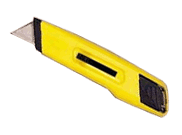
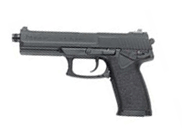
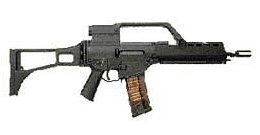
Terrorists' weapon of choice is most frequently an Improvised Explosive Device (IED). IEDs have been the most widely used terrorist devices against transportation systems for more than 90 years. Examples of IEDs include pipe bombs, car bombs, cell phone triggered bombs, vest, underwear, and shoe bombs. They are designed to conceal and deliver quantities of explosives to a target.
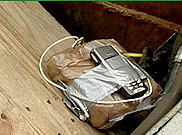
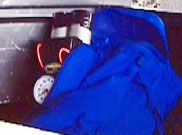
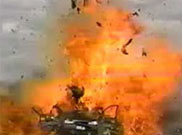
IEDs can be placed in packages or concealed within ordinary looking objects. IEDs consist of four components: Power supply; Switch or timer; Detonator; Main explosive charge. The effects of an IED are sometimes worsened by the addition of: Nails; Scrap iron; Plastic shards; Ball bearings; Flammable liquids
Cell Phones as Detonators - IMPORTANT: DO NOT USE A CELL PHONE OR 2-WAY RADIO WITHIN 300 feet of a suspected IED! A standard football field is 300 feet in length. A person of average height (5 ft. 6 inches) walking in one consistent direction would take approximately 100 paces to reach a distance of 300 feet. Cell phones and 2-way radios can set-off explosives.
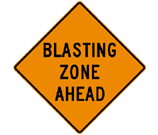
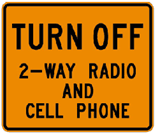
 Real-World Example: Madrid Train Bombing
Real-World Example: Madrid Train Bombing
The 2004 Madrid train bombings consisted of a series of coordinated bombings against the commuter train system of Madrid, Spain on the morning of March 11, 2004 (three days before Spain's general elections). During the peak of the Madrid rush hour on the morning of Thursday, March 11, 2004, ten explosions occurred within 3 minutes of each other aboard four commuter trains. All the affected trains were traveling on the same line and in the same direction. 191 people were killed and 2,050 were wounded.
It was later reported that thirteen improvised explosive devices (IEDs) had been placed on the trains. Bomb-disposal teams arriving at the scenes of the explosions detonated two of the remaining three IEDs in controlled explosions, but the third was not found until later in the evening. That bomb used a mobile phone (Mitsubishi Trium) as a timer, requiring a SIM card to activate the alarm and thereby detonate.

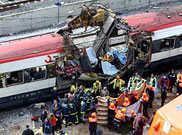
Secondary Devices
Secondary devices are another alarming tactic used by terrorists. They are used after the initial phase of an attack to maximize damage. Be aware of secondary devices. Do not gather people near dumpsters, shrubbery, vehicles, or vending machines that may conceal secondary devices.
 Real-World Example: Nairobi, Kenya U.S. Embassy Bombing
In the 1998 U.S. Embassy bombings, hundreds of people were killed in simultaneous car bomb explosions at the United States embassies in the East African capital cities of Dar es Salaam, Tanzania and Nairobi, Kenya. In Nairobi, about 212 people were killed and an estimated 4000 injured.
Real-World Example: Nairobi, Kenya U.S. Embassy Bombing
In the 1998 U.S. Embassy bombings, hundreds of people were killed in simultaneous car bomb explosions at the United States embassies in the East African capital cities of Dar es Salaam, Tanzania and Nairobi, Kenya. In Nairobi, about 212 people were killed and an estimated 4000 injured.
The attack began with a small explosion and small weapons fire which drew curious onlookers. Then a car bomb (secondary device) in a vehicle adjacent to the embassy was detonated before 10:45 am local time. Although the attack may have been intended to kill employees of the United States government, most of the victims were African civilians: about 200 Kenyans were killed at the embassy in Nairobi.
The attacks, linked to local members of the al Qaeda terrorist network headed by Osama bin Laden, brought bin Laden and al Qaeda to international attention for the first time, and resulted in the U.S. Federal Bureau of Investigation placing bin Laden on its ten most wanted list.
Along with the 1993 World Trade Center bombing, the 1996 Khobar Towers bombing in Saudi Arabia, and the 2000 attack on the USS Cole in Yemen, the Embassy Bombing is one of the major anti-American terrorist attacks that preceded the September 11, 2001 attacks.
